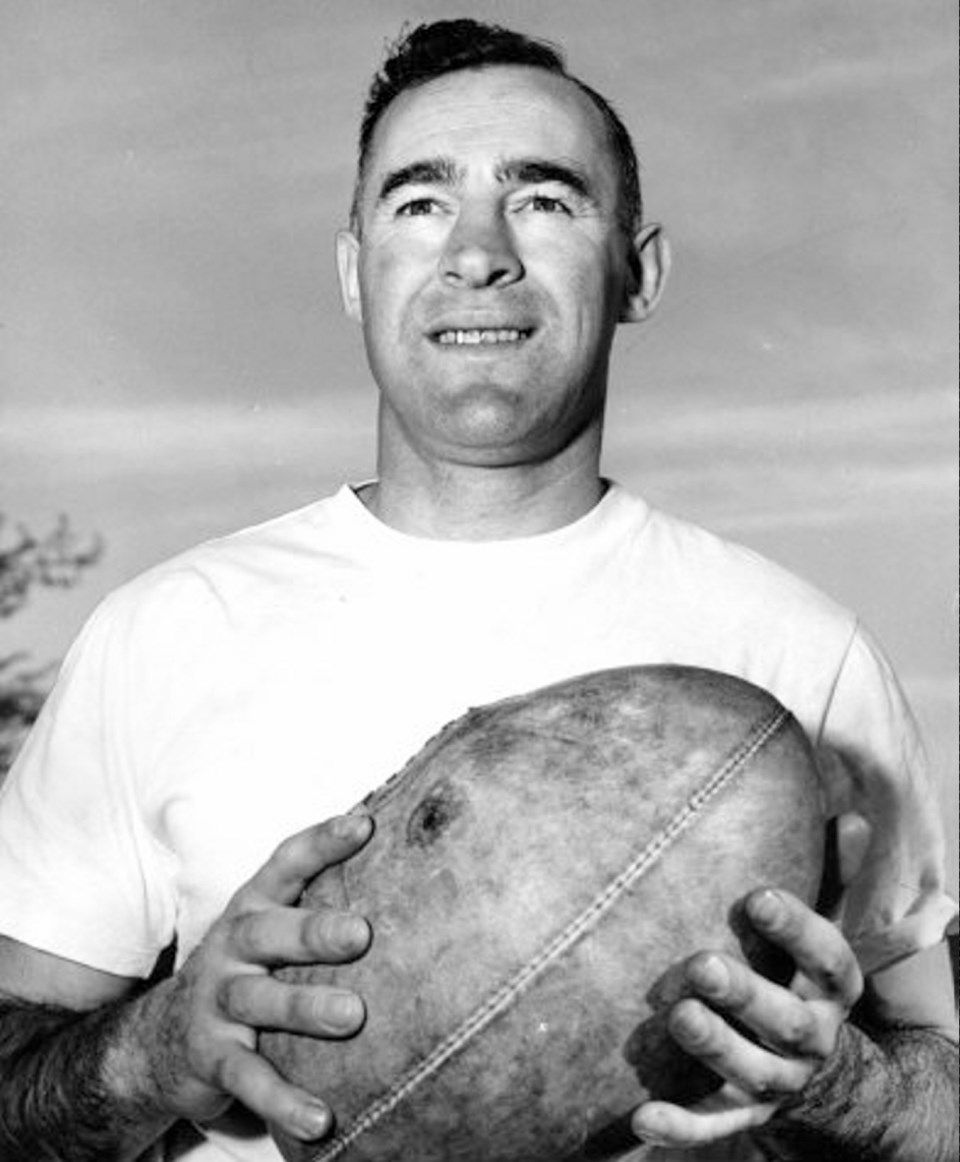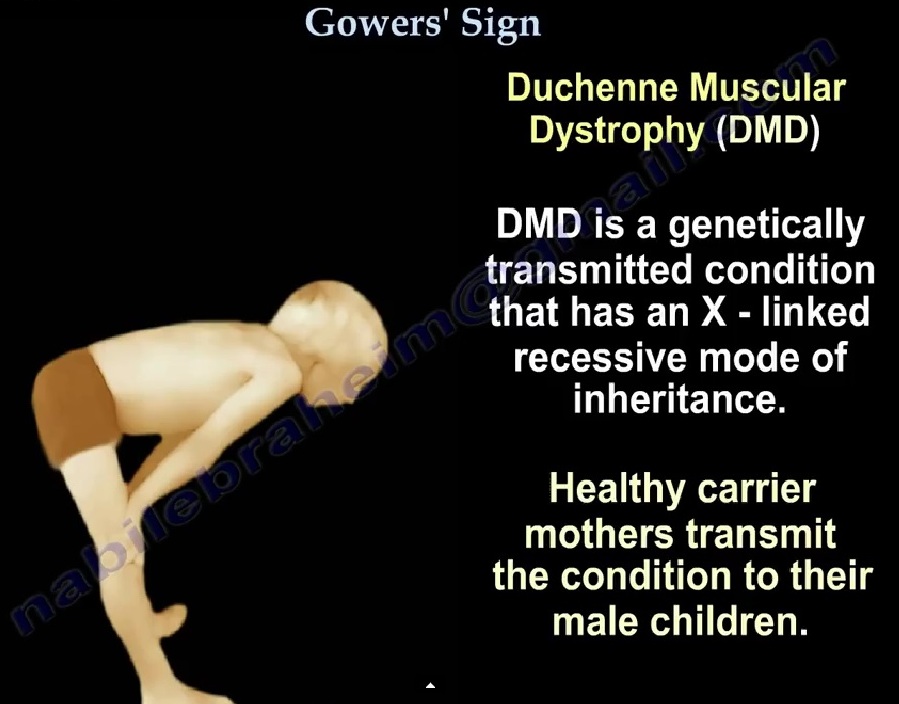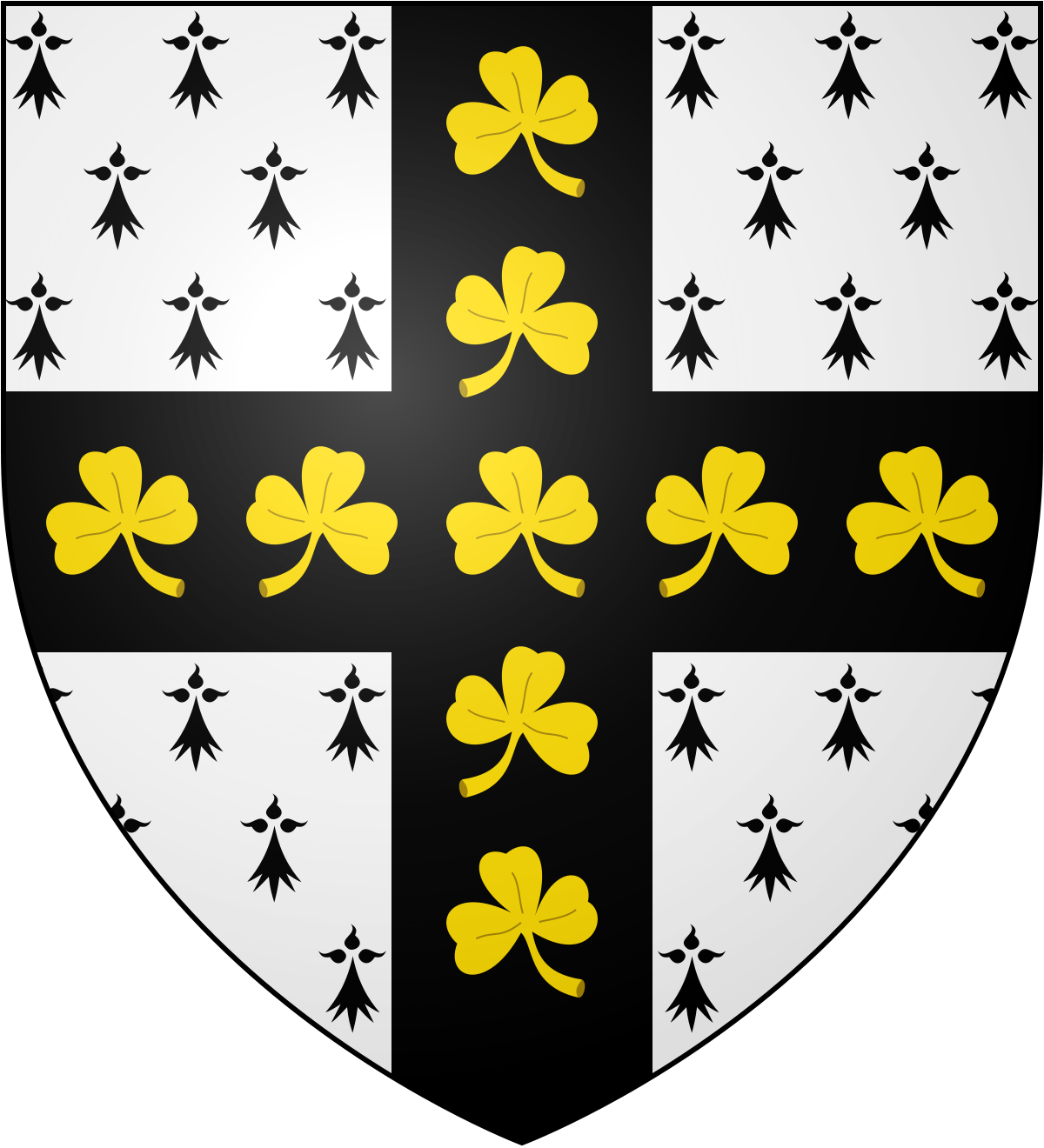
Villas at Gower KFA
Le signe de Gowers désigne un passage de la position accroupie, agenouillée ou assise à la position debout qui nécessite l'appui des mains sur les cuisses ou les genoux. Ce signe s'observe en cas de faiblesse musculaire des muscles proximaux des membres inférieurs (quadriceps ++). Physiopathologie : cette manœuvre favorise l.
ImdPwdfUo7trWbXFWvZO17OUdpTNsbQtGSI1h_JFxuu4c2vcHJmVDw6AoIEkf0BDYgPKUfW=s900ckc0x00ffffffnorj
Background Gowers' sign is a screening test for muscle weakness, typically seen in Duchenne muscular dystrophy but also seen in numerous other conditions. The mildest presentations and the variations of Gowers' sign are poorly described in the literature but are important to recognize to help with early diagnosis of a neuromuscular problem. Questions/purposes We therefore (1) defined the.

Gower's Sign YouTube
Process of arising from the squatting position with the aid of the hands placed on the floor beside and behind the feet to give a push upward. The patient is unable to stand from a sitting position with the arms outstretched. Gowers first described the sign in a lecture he gave at Queen Square on 'Pseudo-HypertrophicMuscular Paralysis' in.

Gower's sign Duchenne Muscular Dystrophy YouTube
Translation of "signe de Gowers" into English . Gowers sign, Gowers' phenomenon, Gowers' sign are the top translations of "signe de Gowers" into English. Sample translated sentence: Ceci est la présentation typique du signe de Gowers. ↔ This is a typical presentation of Gowers' sign.

Gower's Sign YouTube
Duchenne muscular dystrophy. Gowers's sign is a medical sign that indicates weakness of the proximal muscles, namely those of the lower limb. The sign describes a patient that has to use their hands and arms to "walk" up their own body from a squatting position due to lack of hip and thigh muscle strength. It is named after William Richard Gowers.

Gower s sign gowers' maneuver _ Sign of proximal muscle weakness YouTube
Gower's sign (maneuver) is a maneuver used by patients with muscle weakness to arise from a supine or seated position on the floor. (1-3) It particularly characteristic of Duchenne's and Becker's muscular dystrophies. Because of marked weakness of the hip and spine extensors, patients push with their hands to "climb up" their legs.

Obituary Longtime rugby player Frank Gower was ‘ultimate teammate’ Victoria Times Colonist
Classic clinical sign in a disease called Duchene's muscular dystrophy. Due to proximal muscle weekness, pt is unable to stand as such from a sitting positio.

Gower’s Sign —
signe de Gowers. Passage de la position accroupie, agenouillée ou assise à la position debout nécessitant l'appui des mains sur les cuisses et les genoux, indiquant une faiblesse musculaire proximale. (D'après le Dictionnaire médical de l'Académie de médecine v. 2016-1, 02/08/2016.)

Diseases of skeletal muscle Ali Al Khader M
A positive Gower's sign - an inability to lift the trunk without using the hands and arms to brace and push - indicates proximal muscle weakness. 1. From the lying position, the patient rolls to the kneeling position, pushes on the ground with extended forearms to lift the hips and straighten the legs, so forming a triangle with hips at.

Muskuler Distrofiler (MD) Ftrsaglik
Illustration du signe de Gowers, de la main de l'auteur. Le signe de Gowers est un signe clinique indiquant une parésie de la musculature proximale des membres inférieurs . Il désigne un patient qui est obligé de se servir, en plusieurs étapes, de ses mains et de ses bras pour passer de la position agenouillée à la position debout, en raison du manque de force des muscles des hanches et.

House Gower A Wiki of Ice and Fire
Le signe de Gowers est un signe clinique indiquant une parésie de la musculature proximale des membres inférieurs.Il désigne un patient qui est obligé de se servir, en plusieurs étapes, de ses mains et de ses bras pour passer de la position agenouillée à la position debout, en raison du manque de force des muscles des hanches et des cuisses.

SIGNE DE GOWERS NPEM YouTube
Gowers' sign is a characteristic feature or sign seen in 4-6 years old children suffering from Duchenne muscular dystrophy.#GowerSign #Video #MuscularDystrop.

Gower sign YouTube
The average Gowers' sign time was 8.1 seconds (range, 3-19 seconds). Eight of 15 patients with moderate Gowers' sign had lost the ability to ambulate by the time of this review. The mean time from videotaping until loss of ambulation was 3.3 years. Eight videos showed patients with severe Gowers' sign (Video 4.

Gowers' Sign Everything You Need To Know Dr. Nabil Ebraheim YouTube
Illustration du signe de Gowers, de la main de l'auteur.. Il a été décrit chez les enfants myopathes par le neurologue et pédiatre William Gowers [1], [2].. Le signe de Gowers s'observe classiquement dans la dystrophie musculaire de Duchenne, mais peut se voir également dans la myopathie centronucléaire, la dystrophie myotonique, le syndrome de Kugelberg-Welander, la maladie de Pompe, la.

How to Pronounce Gower YouTube
Signe de Gower: Transition de genoux à debout à l'aide des mains Maladie neuromusculaire Démarche Démarche instable, fatigabilité du patient, chutes Maladie neuromusculaire Cérébelleuse Hémorragie intraparenchymateuse examen cutané: Examen cutané Rash: Infection virale; Scarlatine (associée à amygdalite à streptocoque du groupe A)

Gower's sign YouTube
le signe de FADIR (pathologies intra-articulaires, Legg-Calvé-Perthes, glissement épiphysaire) le signe du psoas (appendicite ou abcès du psoas) le test de Barlow-Ortolani chez le nourrisson (dysplasie développementale de la hanche) le signe de Gower (dystrophie musculaire) d'autres signes à rechercher :